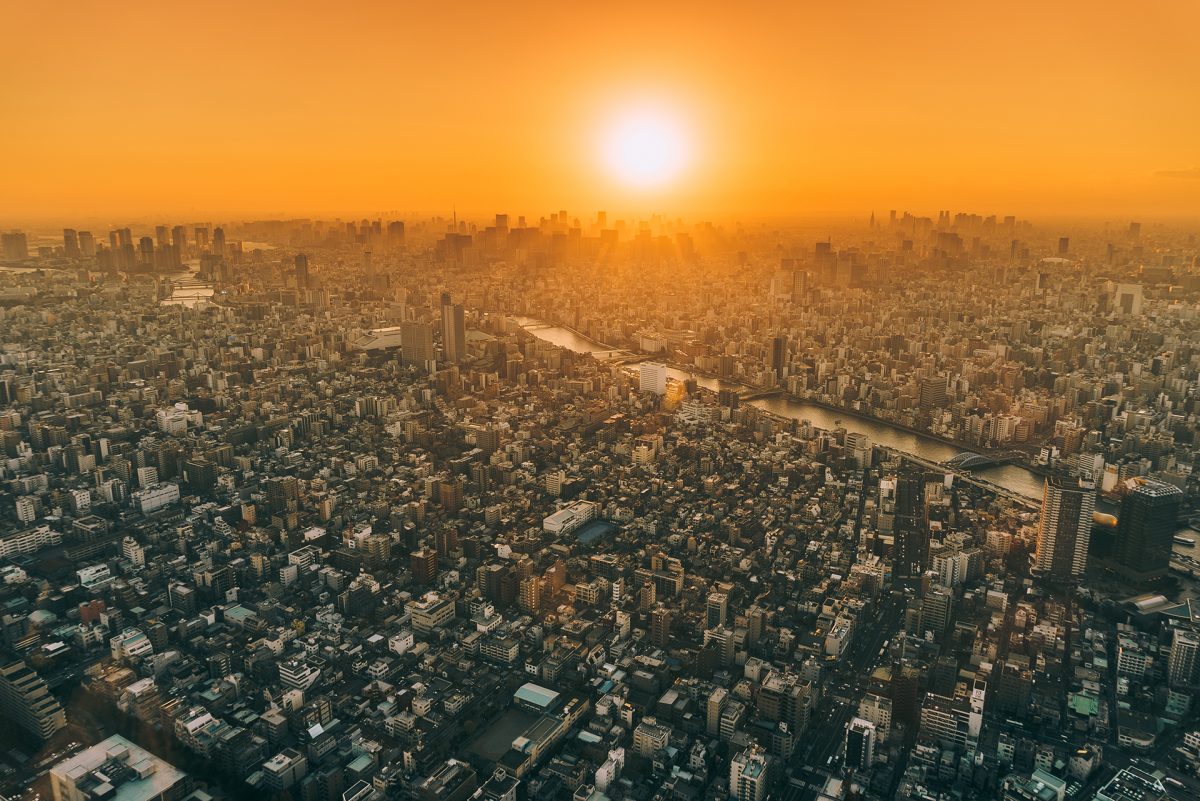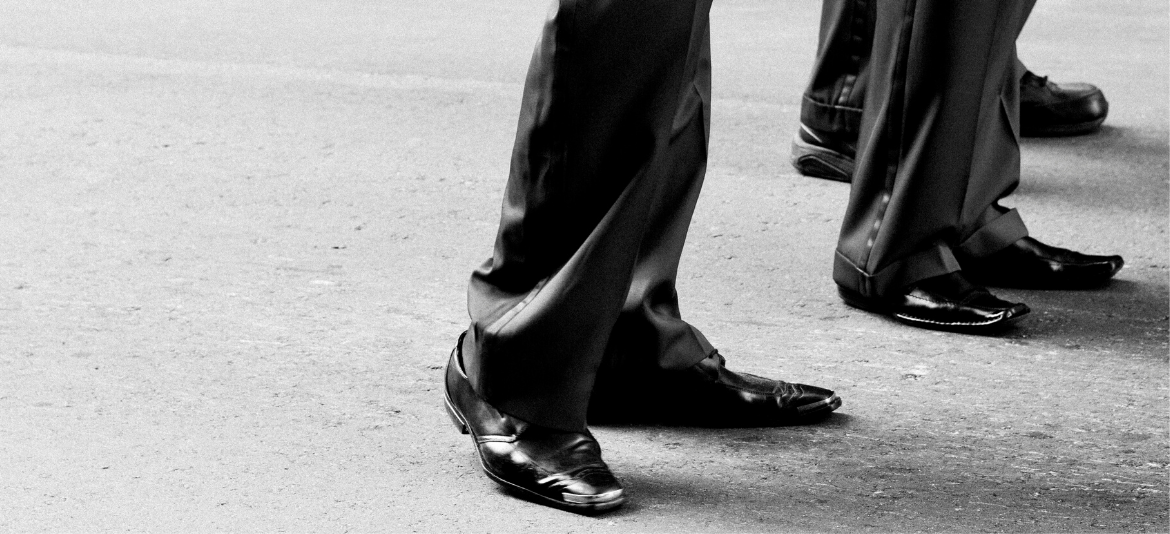The arrival of a new year puts many people in a special mood. In western cultures, friends and family perform rituals to leave the ghosts of the old year behind, and to embrace new opportunities that may surface with the change of years. In Japan, “shōgatsu” – the “Japanese New Year” – has the same great importance as Christmas for most people in Europe. The New Year’s Day is called “Ganjitsu”.
Since 1893, the Japanese New Year has been celebrated on January 1st, in accordance to the Gregorian calendar which was introduced in 1873. Interestingly, before the calendars changed, New Year’s celebration was held on the same day as the Chinese New Year, which is also called Spring Festival. This fact is still referenced in Japanese New Year’s greetings with “shoshun” (meaning “early spring”) or “geishun” (meaning “to welcome spring”).
108 bell strikes
Closing midnight on New Year’s Eve, most people in Japan usually gather at their local temple to commence “joya no kane”, the ringing of a bell, 108 times. Each bell ring represents one of the 108 worldly desires according to Buddhism, referring to anxiety and hardship. The bell is struck 107 times in the old year so that people can get rid of the desires that built up during the year, with the 108th bell ring marking the beginning of the new year, setting the minds of the people to a fresh start. In some temples, like Nara’s Todaiji Temple or Chion-in in Kyoto, bells are reported to be so large that it takes 17 monks to ring it properly.
A celebration of firsts
A popular yet meaningful tradition is “hatsuhinode”, the welcoming of the first sunrise of a new year. People usually get on the top of a high building, as well as on mountain tops, beaches, or open fields. Especially the observation points of Mount Fuji, Japan’s highest mountain, are very crowded. During that time, news outlets deliver detailed information on where in Japan the sunrise can be experienced at which time. “Hatsuhinode” represents hope and renewal, with people seeking a fresh and unencumbered start into the new year. It is not uncommon that Japanese people celebrate this even when they are out of the country, far away.
In general, people in Japan are very aware of the things they do for the first time in a new year. For example, “Hatsuyume” describes the first dream of the year. People believe that the contents of this dream are an outline on what to expect during the year. As for more examples, “hatsumode”, the first shrine visit, and “hatsugama”, the first tea ceremony, are also celebrated. Putting an emphasis on what is done first in the New Year is a way to ensure that good fortune lies on the months ahead.
Nengajō: Greetings on a postcard
“Nengajō”, the New Year’s Day postcards, are very popular during “shōgatsu”. People write these cards to their friends and family, and especially those living far away can see that their beloved ones are well. Since a lot of cards are being sent, Japanese post offices are very busy during January 1st, the day when a card should arrive, if it has the word “nengajō” on it. The cards can be usually obtained at a stationer and have free room so that the sender may include a personal address by hand. It is not uncommon though to design unique cards on a computer, and rubber stamps with common New Year’s messages are used by those who have a lot of cards to send. Designs vary greatly: Often, an animal from the Chinese zodiac for the New Year is displayed, but popular cartoon characters may be included as well. Messages generally include the best wishes and happiness for the New Year. Younger people tend to send their greetings with their mobile phones.

Typical Japanese New Year postcard, called "nengajō"
Otoshidama: Money for the children
Children are happy to receive small envelopes on New Year’s Day, the so-called “pochibukuro”. They contain the “otoshidama” – some amount of money given to the younger members of a family by the adults. It may contain up to 10.000 yen (about 81 Euro). Usually, the kids buy toys they always wanted with that money, but parents sometimes take about the half of it to keep in the children’s savings. “Otoshidama” are given at a very young age to babies and toddlers, up to the age of 20 when adulthood is reached. The envelopes, which are mostly well-designed displaying popular characters or cute pattern, are usually given during the first three days of a New Year, though they may be sent by post if a personal meeting didn’t occur. In addition, children learn about the value of money and how important savings are.
Osechi-ryōri: Food for several days

"Osechi-ryori" in a "jubako"
Of course, “shōgatsu” is only then complete if “osechi-ryōri” is consumed – traditional Japanese New Year’s food. The tradition goes back into the Heian period of Japanese history (794-1185). Originally, “osechi-ryōri” allowed families to have food when stores in Japan were closed for the holidays, since the ingredients last for a few days without spoiling. The many dishes are efficiently packed in special boxes called “jubako” which can be stacked for better storage. The cuisine is mostly seafood-based, though the variety of dishes included increased over time. Interestingly, each dish has a special meaning on a spiritual level: “Kazunoko”, a herring roe for example, resembles the wish to be gifted with numerous children in the New Year. So, presentation of the food when serving is very important, as it complements the spiritual meaning of each dish. “Mochi” (rice cakes) are usually included in the “osechi-ryōri”. The food is prepared a few days in advance, because the women should not cook at New Year’s Day. Ready-made “osechi-ryōri” can even be bought at groceries and convenience stores starting at about 10.000 yen (about 81 Euro), lasting for a couple of people.
Shōgatsu abroad
In Europe, Düsseldorf hosts one of the largest Japanese communities, next to London and Paris. The local “Japanese Club”, founded in 1964, engages in numerous activities to make the integration of Japanese people more easy. Consequently, “shōgatsu” is celebrated in cooperation with the local German-Japanese community. The EKO-house of Japanese culture in Düsseldorf invited buddhists and non-buddhists to attend the 108 bell strikes of “joya no kane” in 2016.
No matter where Japanese people happen to be: When they gather to celebrate “shōgatsu”, they unite to welcome the New Year, to reflect on their hopes and wishes, and to marvel at the beauty of nature. No wonder that “shōgatsu” is held in high esteem.
Picture credits:
Typical Japanese New Year postcard, called “nengajō”. Source: Wikipedia-User “Halowand“, (CC BY-SA 3.0)
“Osechi-ryori” in a “jubako”. Source: Wikimedia Commons, (CC BY-SA 3.0)





